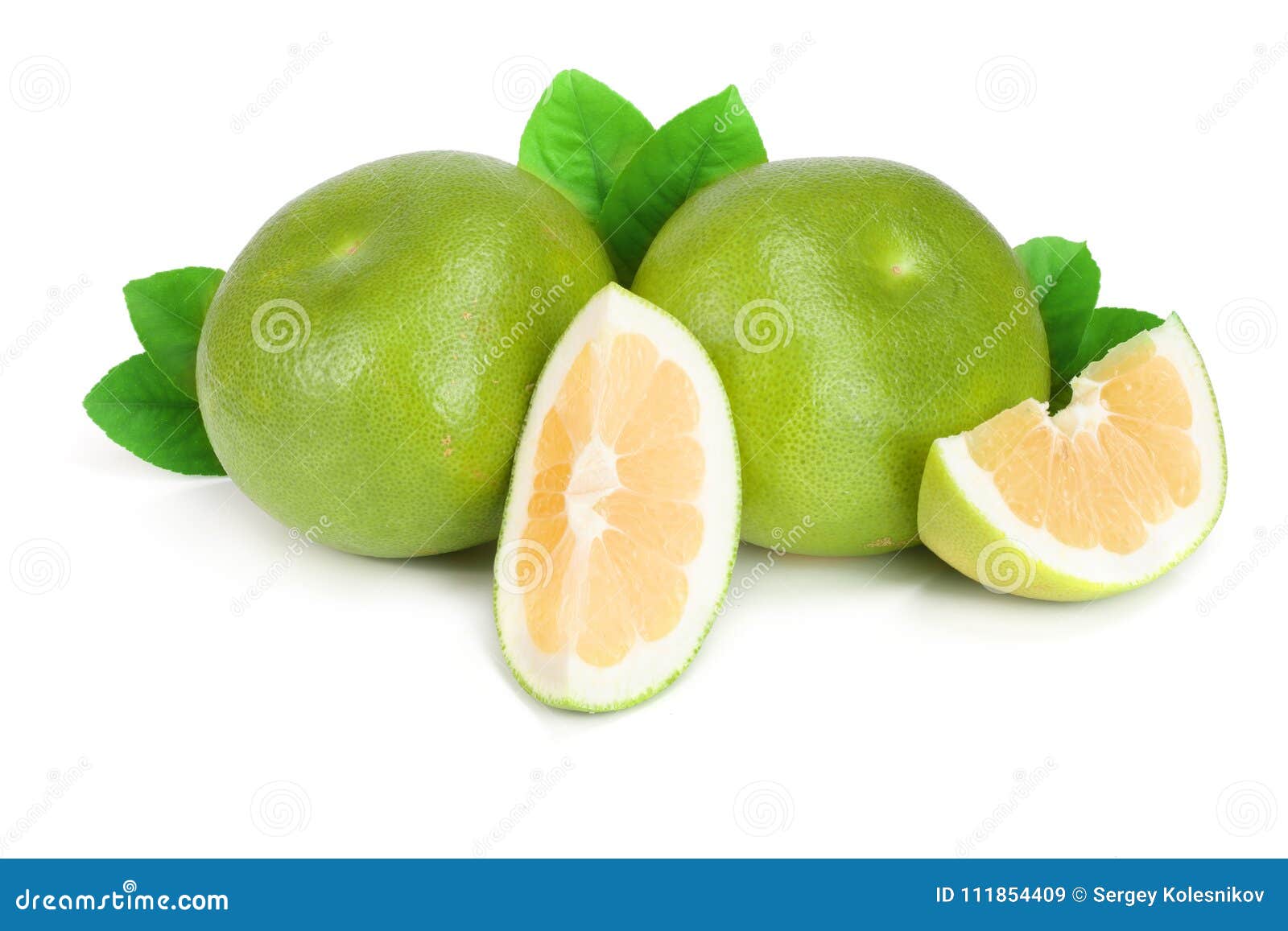

Given their high content of vitamin C, mandarins may strengthen your immune system. However, more research in humans is needed to determine just how much citrus fruit you should eat to achieve these effects. Oxidation can promote aging and the onset of diseases like cancer and heart disease ( 2, 13, 14).Īnother way that flavonoids may help protect against cancer is by suppressing genes that support cancer growth and inactivating cancer-promoting compounds ( 2, 15, 16, 17).
#SWEETIE CITRUS FREE#
They’re a type of antioxidant that helps defend your body against an imbalance of free radicals, which could otherwise lead to oxidation. Mandarins are rich in health-boosting plant compounds like flavonoids ( 2).įlavonoids are readily found in foods. What’s more, they’re easy to pack as a snack, toss into smoothies, or peel into salads or gelatin desserts. Consuming them regularly may provide many health benefits. Like most citrus fruits, mandarins are loaded with vitamins, fiber, and beneficial plant compounds. Mandarins have an impressive nutritional profile, packing vitamin C, fiber, and other essential nutrients. Fiber feeds your beneficial gut bacteria, which aid digestion and may even help reduce your risk of chronic conditions like diabetes and heart disease ( 10, 11, 12).

Thus, it helps transport oxygen to your tissues ( 7, 8, 9).Īlong with vitamins and minerals, one medium (88-gram) mandarin packs 8% of the DV for fiber. Copper is essential to health, as it aids red blood cell production and iron absorption. While they’re not a rich source of copper, they boast more of it than most fruits. Mandarins also provide important minerals.
#SWEETIE CITRUS SKIN#
This potent little fruit delivers over a quarter of the DV for vitamin C, which is important for skin health, wound healing, and proper immune function ( 6). One medium mandarin (88 grams) packs the following nutrients ( 5): Mandarins boast an impressive nutritional profile. There are many kinds and hybrids of mandarins, including tangerines and clementines. They are a separate species from oranges. Mandarins are small, easy-to-peel members of the Citrus genus.

Often considered a variety of mandarins, they’re technically hybrids of mandarins and sweet oranges ( 4).Īlthough there is no solid consensus on exactly how many varieties and hybrids of mandarins exist, it’s believed that between 162 and 200 grow across the world ( 2). These are thought to originate in Tangiers, Morocco, where they earned their moniker.įurthermore, there are many hybrids of, or crosses between, mandarins and other members of the Citrus genus.Ĭlementines, commonly sold under brand names like Cuties or Halos, are the smallest of the bunch, with a deeper orange, glossy skin and typically seedless interior. You may also have heard of tangerines, or Citrus tangerine, which boasts a more reddish-orange peel. It grows widely across warm temperate to tropical climates, including parts of China, Brazil, Spain, and the Philippines ( 1, 2). The common mandarin, also known as Citrus reticulate Blanco or Ponkan mandarins, is another popular type. This type is typically associated with Japan, though it also grows readily in the Gulf Coast region and other areas of the Southern United States ( 1, 2). There are several popular types of mandarins, including satsuma mandarins, or Citrus unshiu. Rather, they’re oblong, resembling a sphere with a flattened top and bottom. Though they share an orange exterior, mandarins are a different species of citrus from oranges, which belong to Citrus sinensis ( 3). You may hear mandarins referred to as “mandarin oranges,” but this is not an accurate description. As they ripen, they change from a deep green to their recognizable orange color and grow to a width of about 1.6–3 inches (4–8 cm) ( 1, 2). Mandarins grow on flowering small- to moderately-sized citrus trees. Their peel is deep-orange, leathery, and protects the sweet, juicy segments inside. It’s believed they originated in ancient China, which is how they got their name.


 0 kommentar(er)
0 kommentar(er)
